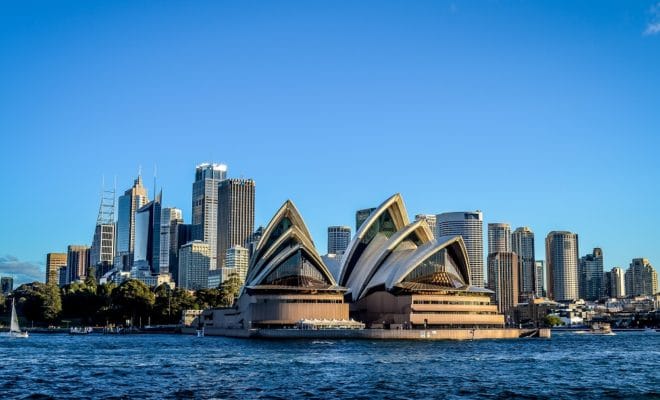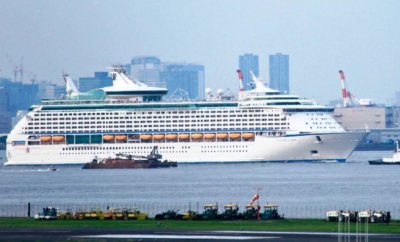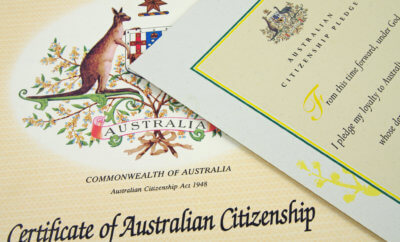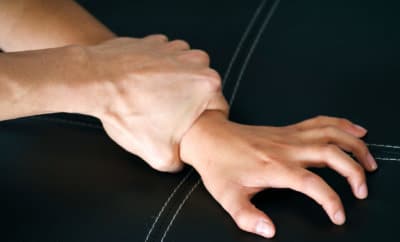Immigration
Only 5% People of Indigenous or Non-European Origin Hold Top Ranks in Australia

Sydney, Australia.
Photo: Bigstock
Despite people of non-European and Indigenous backgrounds making up 24 per cent of population, 97 per cent of Australia’s chief executives are of Anglo-Celtic and European origin.
Australians with non-European or indigenous backgrounds account for only five per cent of senior leadership positions despite being 24 per cent of the population, according to the Australian Human Rights Commission report released on April 11. The report, which said that 97 per cent of Australia’s chief executives have Anglo-Celtic and European backgrounds, has led to calls for diversity in leadership positions, SBS reported.
The findings challenge Australia’s egalitarian self-image, according to Race Discrimination Commissioner Tim Soutphommasane. “The general Australian population has about 24 per cent of people who have non-European and Indigenous background. What we’re seeing then, is a significant under-representation of cultural diversity in senior leadership,” he told SBS News.
“This challenges us as Australians to ask whether what we’re seeing reflects the kind of multicultural nation that we are,” he added.
Diversity is particularly low within the senior leadership of Australian government departments and in universities. “It has got to happen not only in our workplaces and government institutions, it’s also got to happen in our homes,” Soutphommasane said.
The recent report is a revision of the 2016 Leading for Change initiative, which aims to boost cultural diversity in high-ranking leadership positions.
People of culturally diverse backgrounds perform well in school, university and graduate work, Lisa Annese, the CEO of Diversity Council Australia, told SBS News, adding that her agency research shows that they are, however, not moving to senior levels of management due to a structural bias.
“Organizations [need to] firstly identify that there is an issue or problem. They can make an assessment of their own workplaces to see just how diverse their leadership teams are – and see whether they reflect their market [and] their customers – and then they can work on implicit and explicit bias,” Annese said. “Until they do that, you’re always going to be hiring the same type of people and grooming them for those kinds of leadership positions.”
Meanwhile, the country’s immigration cap has become a point of debate, with Prime Minister Malcolm Turnbull and Home Affairs Minister Peter Dutton releasing contradictory statements during the week.
While Turnbull denied any discussion on the immigration cap to be set at 20,000 lower and asked the journalist who broke the story to check the veracity of their sources on April 10, Dutton said that he “canvassed different options” for changing Australia’s immigration rate. He, however, maintained that he supports the current 190,000 annual cap on permanent visas.
“But as I say, as immigration minister, as Scott Morrison did, as Chris Bowen did, Philip Ruddock, whoever you like to nominate … of course there are discussions of what the figures should be, the benefits of different aspects of migration, there is obviously a debate about congestion and about housing affordability and the government is alive to all of those concerns, about geographic placement of people out to the regions, they are all issues that we considered,” he was quoted as saying by the Guardian.
Foreign Minister Julie Bishop told reporters “no such proposal” was ever formally taken to the Cabinet or the government’s national security committee, SBS reported.
Australia’s rate of permanent migration has been capped at 190,000 since 2011, which covers permanent visas for workers, families and refugees. In the most recent 2016-17 financial year, the intake dipped to 183,000.



